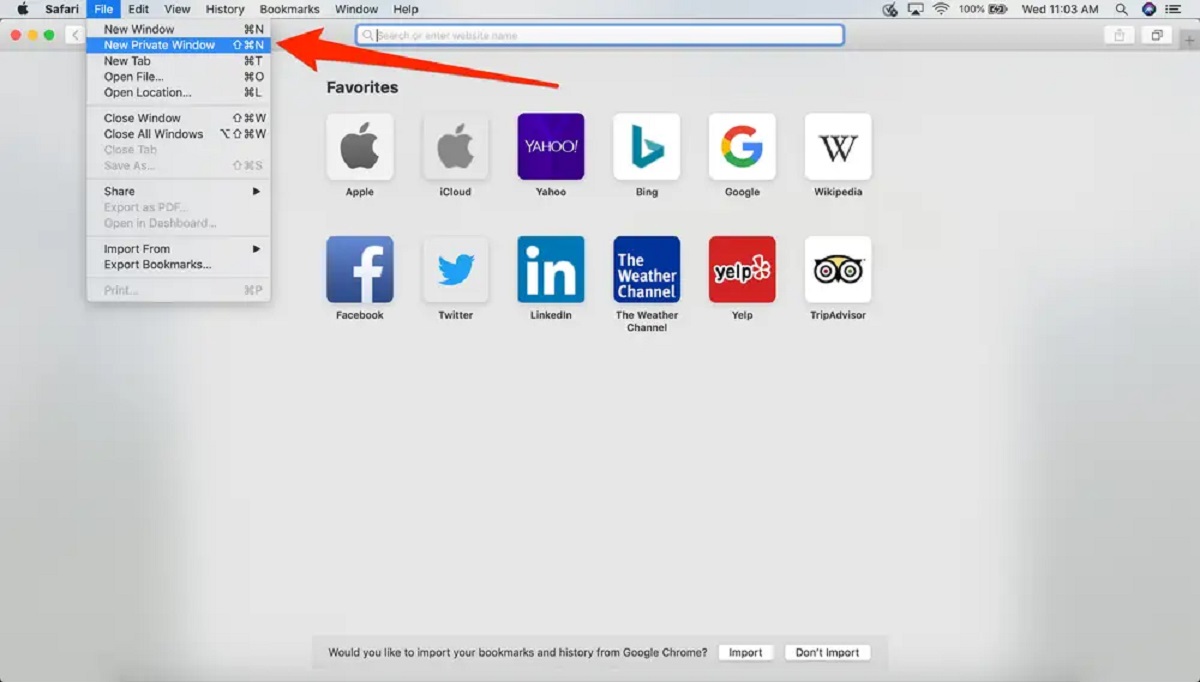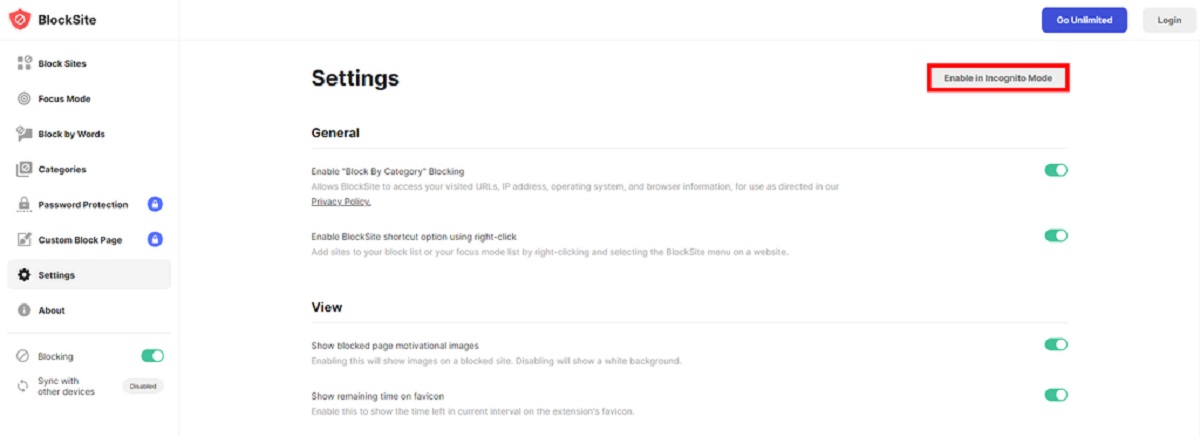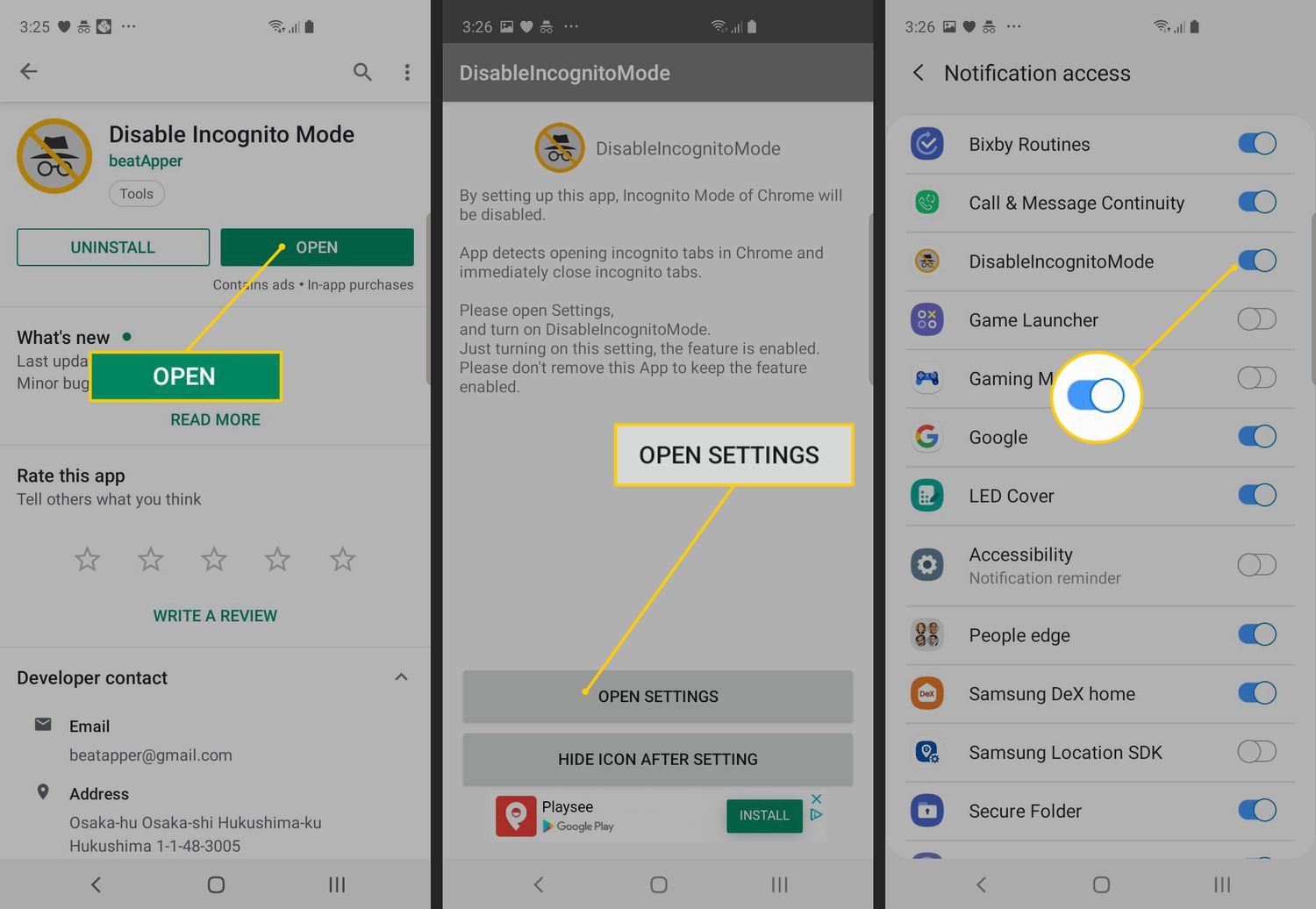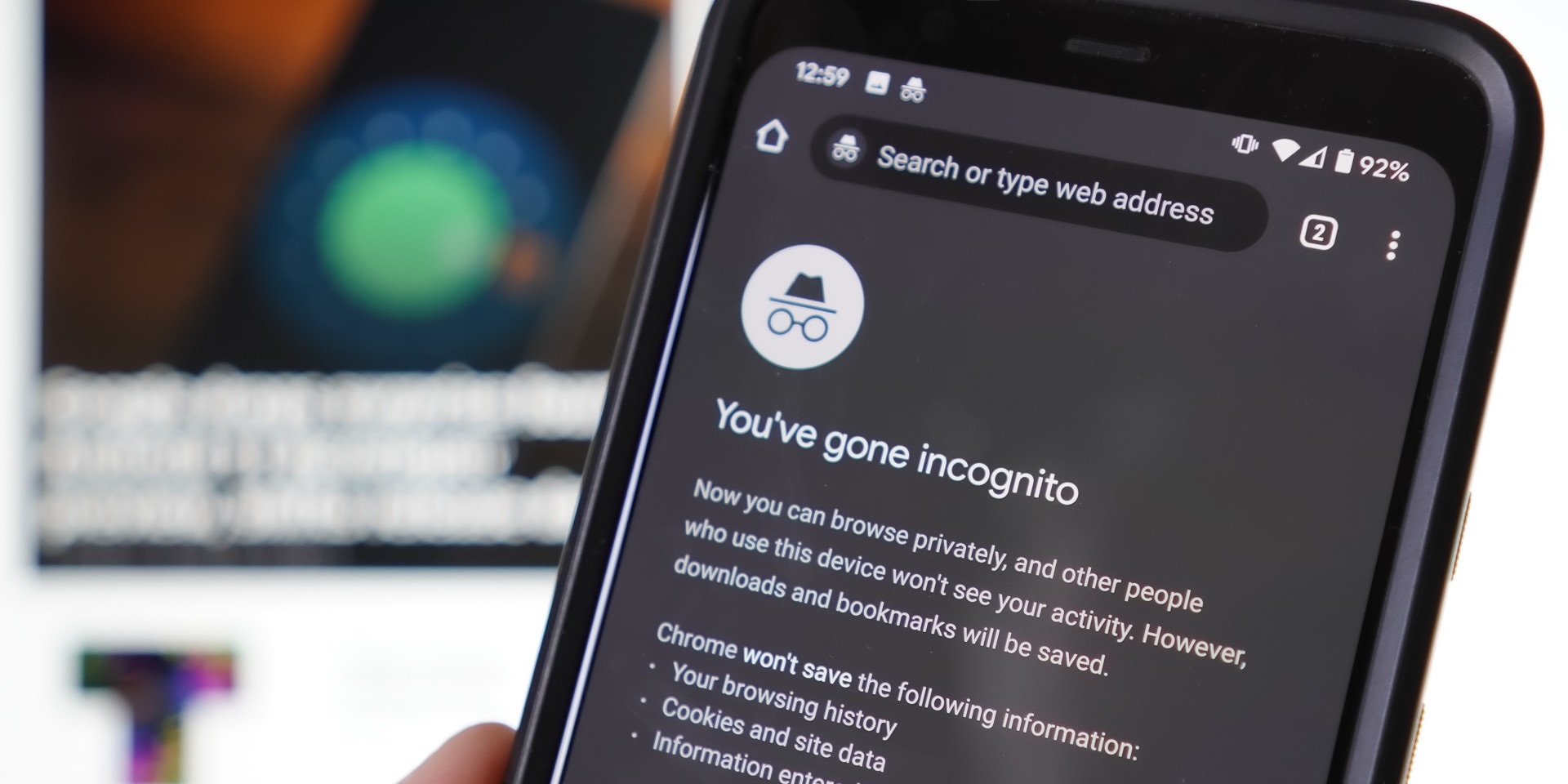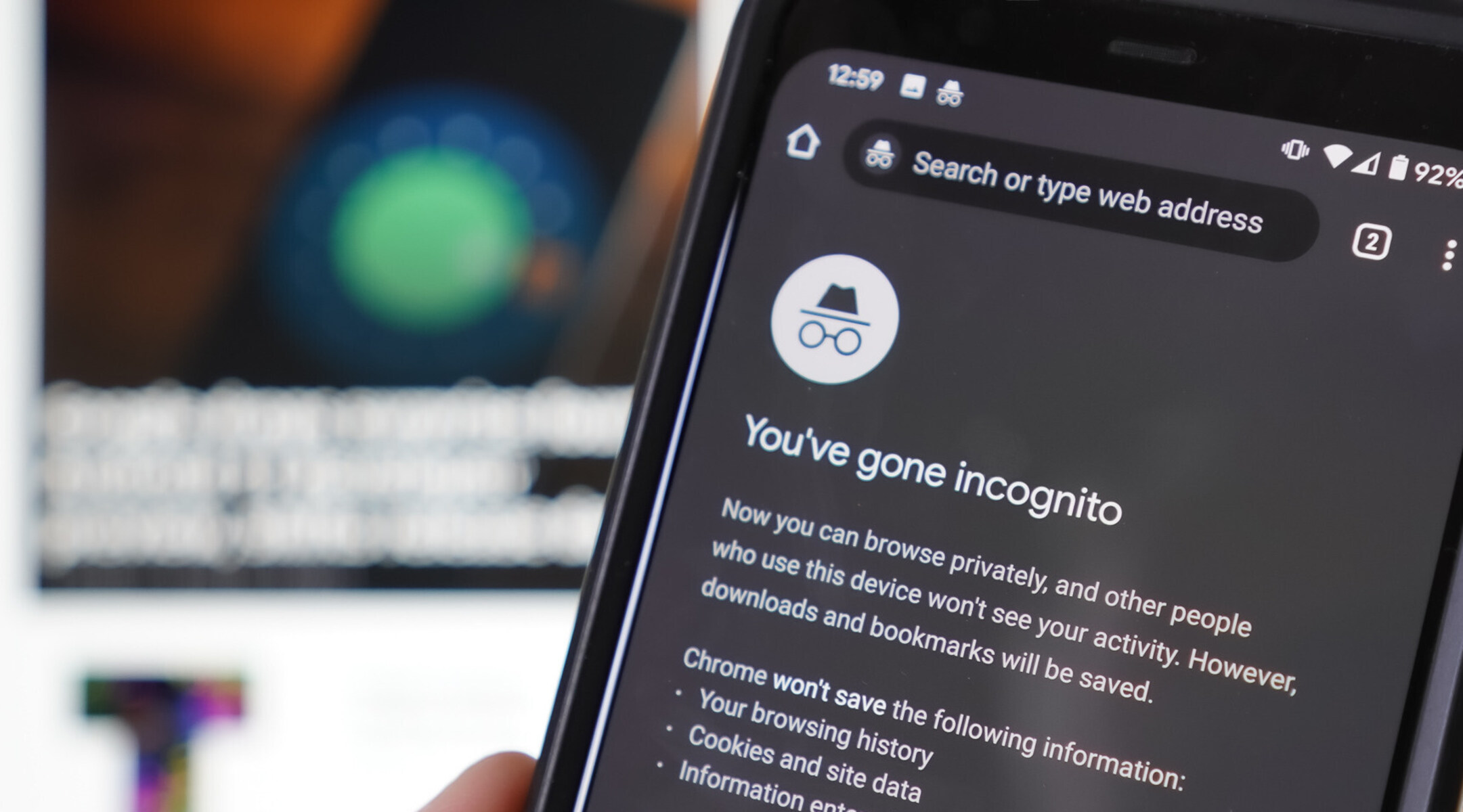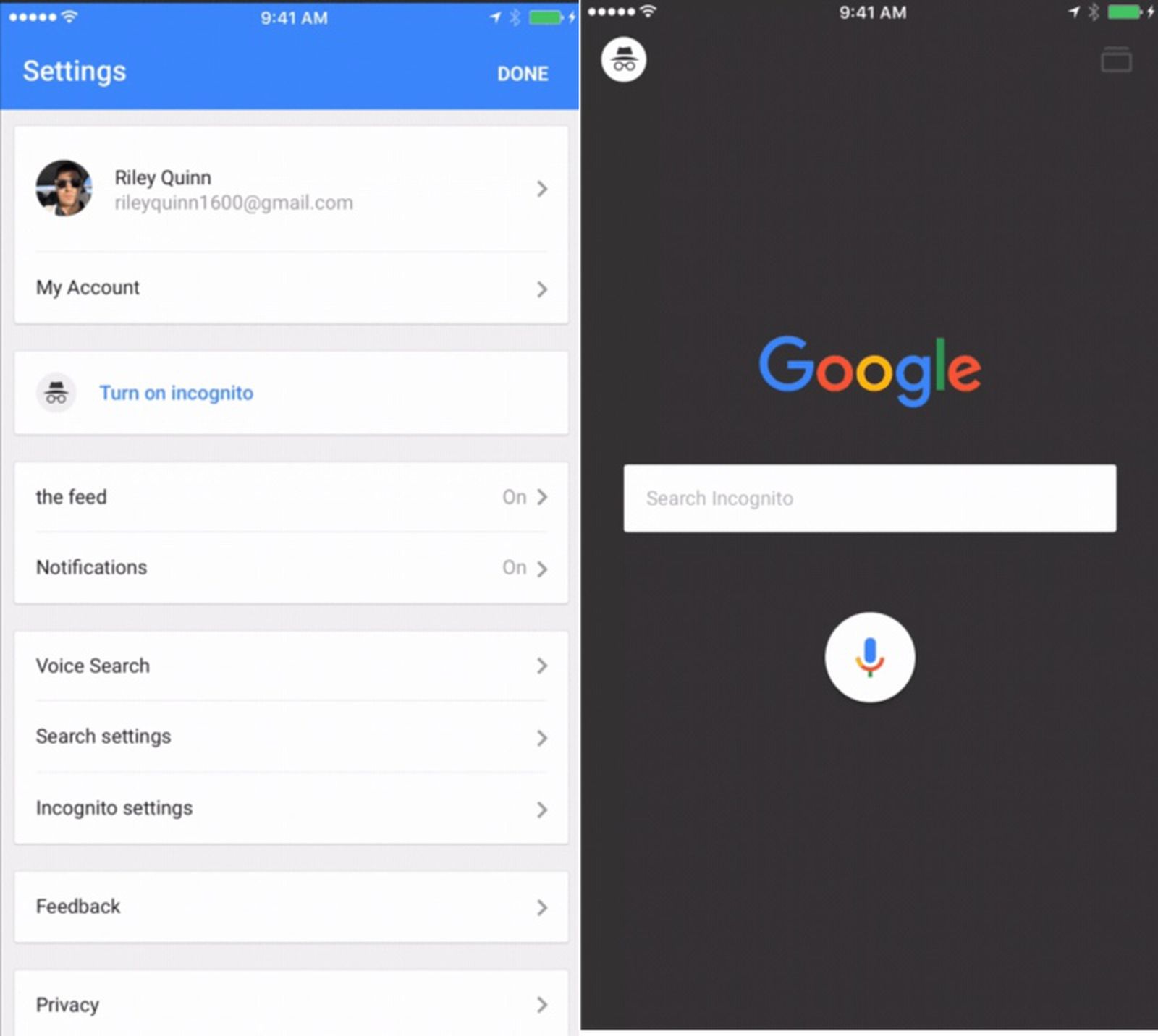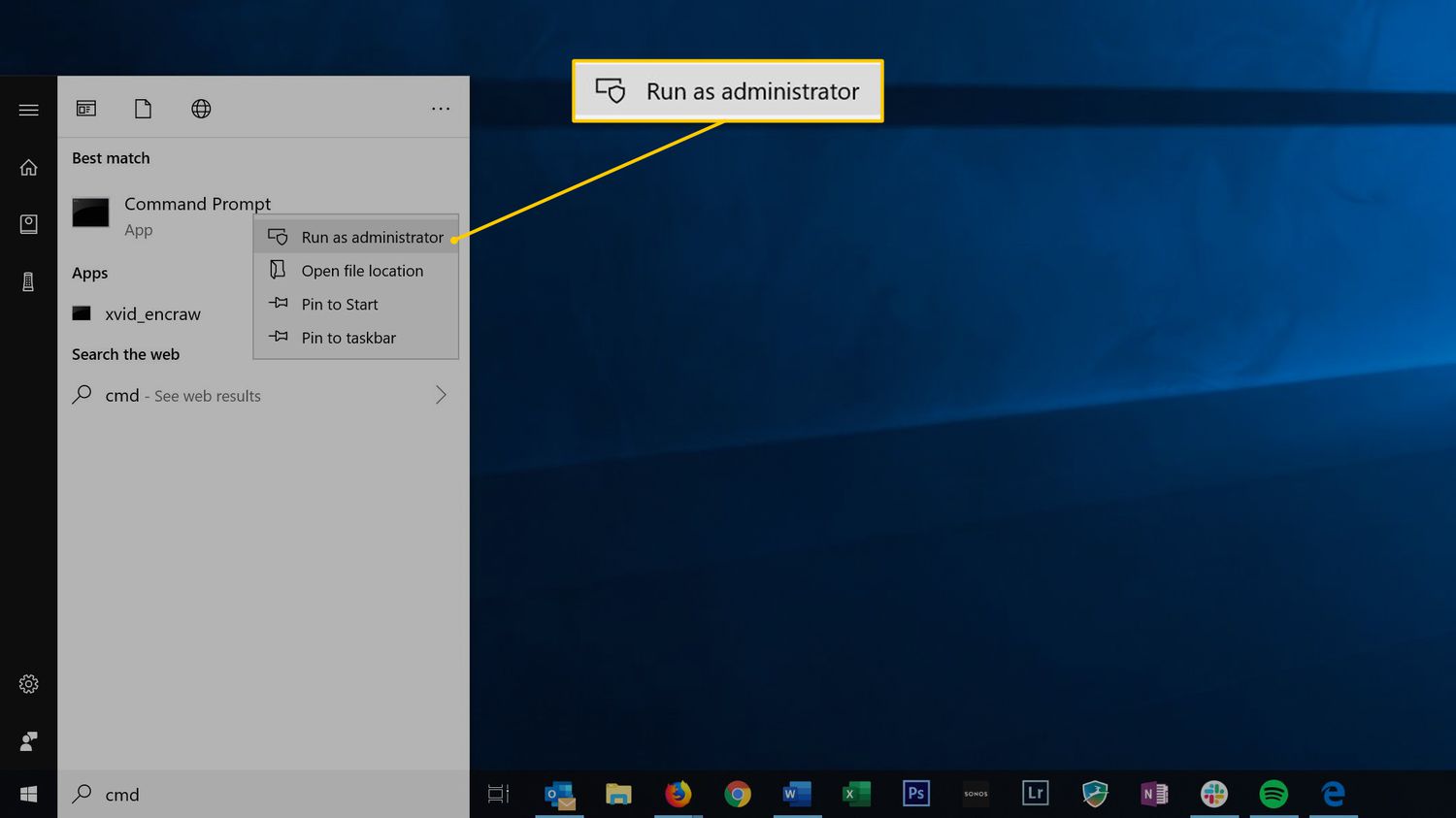Introduction
Welcome to our guide on how to go on incognito mode on Mac. Whether you’re concerned about your privacy, browsing sensitive information, or just want a clean browsing slate, using incognito mode can be beneficial. Incognito mode allows you to browse the internet without leaving behind a trace of your activity, such as history, cookies, or downloads. This can be particularly useful when using a shared computer or when you don’t want your browsing habits to be stored in your browser’s history.
In this article, we will walk you through the steps to enable incognito mode on popular web browsers for Mac, including Safari, Google Chrome, Mozilla Firefox, Microsoft Edge, and Opera. Each browser has its own method for enabling incognito mode, but they all share the same purpose of allowing anonymous browsing. By following the instructions in this guide, you can browse the web with peace of mind, knowing that your online activities won’t be stored on your device.
It’s important to note that while incognito mode prevents your browsing history from being recorded on your device, it does not guarantee anonymity. Your internet service provider, network administrator, and the websites you visit can still track your online activities. Therefore, if you require complete anonymity, we recommend using a virtual private network (VPN) in conjunction with incognito mode for enhanced privacy and security.
Without further ado, let’s dive into the step-by-step instructions to activate incognito mode on your preferred web browser on your Mac.
Method 1: Using Safari browser
If you’re using the Safari browser on your Mac and want to go on incognito mode, follow these simple steps:
- Open the Safari browser by clicking on its icon in the Dock or searching for it using Spotlight.
- In the menu bar at the top of the screen, click on “File” and then select “New Private Window” from the dropdown menu. Alternatively, you can use the keyboard shortcut “Shift + Command + N” to open a new private window.
- A new window with a dark background and a mask icon will appear. This indicates that you are now in incognito mode.
- You can now browse the web privately in this private window. Any websites you visit or actions you take in this window will not be recorded in your browsing history.
- To exit incognito mode, simply close the private window by clicking on the “X” button in the top-left corner of the window or using the keyboard shortcut “Command + W”.
Using incognito mode in Safari allows you to browse privately without leaving behind any traces of your online activities. It’s important to note that while your browsing history is not stored, other aspects of your online behavior, such as downloads or bookmarks, may still be saved on your device.
Now that you know how to go on incognito mode in Safari, you can enjoy private browsing on your Mac. Let’s move on to the next method to enable incognito mode on another popular browser, Google Chrome.
Method 2: Using Google Chrome browser
If you prefer using Google Chrome as your web browser on your Mac, follow the steps below to go on incognito mode:
- Launch Google Chrome by clicking on its icon in the Dock or searching for it using Spotlight.
- In the top-right corner of the browser window, click on the three-dot menu icon, also known as the “More” button.
- From the dropdown menu, select “New Incognito Window”. Alternatively, you can use the keyboard shortcut “Shift + Command + N” to open a new incognito window.
- A new window with a dark background and an icon of a person in disguise will appear. This signifies that you are now browsing in incognito mode.
- You can now browse the internet privately in this incognito window. Any websites you visit, files you download, or extensions you install will not be stored on your device or shown in your browsing history.
- To exit incognito mode, simply close the incognito window by clicking on the “X” button in the top-left corner of the window or using the keyboard shortcut “Command + W”.
By using incognito mode in Google Chrome, you can maintain your privacy by preventing the browser from storing your browsing history, cookies, and site data. However, it’s important to note that incognito mode does not make you completely anonymous online. Your internet service provider, network administrator, and certain websites can still track your activities.
Now that you know how to enable incognito mode in Google Chrome, let’s move on to the next method and learn how to go incognito in Mozilla Firefox.
Method 3: Using Mozilla Firefox browser
If you use Mozilla Firefox as your preferred web browser on your Mac, you can follow these steps to go on incognito mode:
- Launch the Mozilla Firefox browser by clicking on its icon in the Dock or searching for it using Spotlight.
- In the top-right corner of the browser window, click on the three-line menu icon, also known as the “Open Menu” button.
- From the dropdown menu, select “New Private Window”. You can also use the keyboard shortcut “Shift + Command + P” to open a new private window.
- A new window with a purple mask icon and a message emphasizing your privacy will appear. This indicates that you are now in private browsing mode.
- You are now free to browse the internet privately in this private window. Your browsing history, cookies, and temporary files will not be saved once you close the window.
- To exit private browsing mode, simply close the private window by clicking on the “X” button in the top-left corner of the window or using the keyboard shortcut “Command + W”.
Using private browsing mode in Mozilla Firefox allows you to browse the web without leaving behind any traces of your online activities. However, it’s important to keep in mind that private browsing does not make you completely anonymous. Your internet service provider, network administrator, and websites you visit can still track your online activities.
With the knowledge of how to go on incognito mode in Mozilla Firefox, let’s proceed to the next method and explore how to enable private browsing in Microsoft Edge.
Method 4: Using Microsoft Edge browser
If you prefer using Microsoft Edge as your web browser on your Mac, follow the steps below to go on incognito mode:
- Launch the Microsoft Edge browser by clicking on its icon in the Dock or searching for it using Spotlight.
- In the top-right corner of the browser window, click on the three-dot menu icon, also known as the “More” button.
- From the dropdown menu, select “New InPrivate Window”. Alternatively, you can use the keyboard shortcut “Shift + Command + N” to open a new InPrivate window.
- A new window with a blue mask icon and a brief explanation of its privacy features will appear. This signifies that you are now browsing in InPrivate mode.
- You can now browse the internet privately in this InPrivate window. Any websites you visit, files you download, or searches you make will not be saved or shown in your browsing history.
- To exit InPrivate mode, simply close the InPrivate window by clicking on the “X” button in the top-left corner of the window or using the keyboard shortcut “Command + W”.
By using InPrivate browsing mode in Microsoft Edge, you can maintain your privacy by preventing the browser from storing your browsing history, cookies, and site data. However, it’s important to note that InPrivate mode does not make you completely anonymous online. Your internet service provider, network administrator, and certain websites can still track your activities.
Now that you know how to enable InPrivate mode in Microsoft Edge, let’s move on to the next method and discover how to go incognito in the Opera browser.
Method 5: Using Opera browser
If you use the Opera browser on your Mac, you can follow these steps to go on incognito mode:
- Launch the Opera browser by clicking on its icon in the Dock or searching for it using Spotlight.
- In the top-left corner of the browser window, click on the “Opera” menu option.
- From the dropdown menu, select “New Private Window”. Alternatively, you can use the keyboard shortcut “Shift + Command + N” to open a new private window.
- A new window with a dark mask icon and a message reassuring you about your privacy will appear. This indicates that you are now browsing in private mode.
- You can now browse the internet privately in this private window. Any websites you visit, files you download, or searches you make will not be stored in your browsing history.
- To exit private mode, simply close the private window by clicking on the “X” button in the top-left corner of the window or using the keyboard shortcut “Command + W”.
Using private mode in the Opera browser allows you to browse the web without leaving behind any traces of your online activities. It’s important to note, however, that private mode does not make you completely anonymous. Your internet service provider, network administrator, and certain websites can still track your activities.
Now that you know how to go on incognito mode in the Opera browser, you can enjoy private browsing on your Mac.
Conclusion
In today’s digital age, maintaining your privacy while browsing the internet is essential. Whether you’re concerned about your personal information, sensitive data, or simply want a clean browsing slate, going incognito can help protect your privacy. Throughout this guide, we have explored different methods to enable incognito mode on popular web browsers for Mac.
By following the step-by-step instructions provided for Safari, Google Chrome, Mozilla Firefox, Microsoft Edge, and Opera, you can easily activate incognito mode and browse the web without leaving behind a trace of your activity. Remember that while incognito mode prevents your browsing history from being recorded on your device, it does not guarantee anonymity. Other entities, such as your internet service provider and websites you visit, may still have access to your online activities.
If you require the utmost privacy and anonymity while browsing, consider using a virtual private network (VPN) in conjunction with incognito mode. A VPN encrypts your internet connection and reroutes it through a secure server, protecting your data from prying eyes.
We hope this guide has been helpful in assisting you with enabling incognito mode on your preferred web browser. Whether you’re using Safari, Google Chrome, Mozilla Firefox, Microsoft Edge, or Opera, the ability to browse privately and securely is now at your fingertips. Enjoy your anonymous browsing and stay safe on the web!







